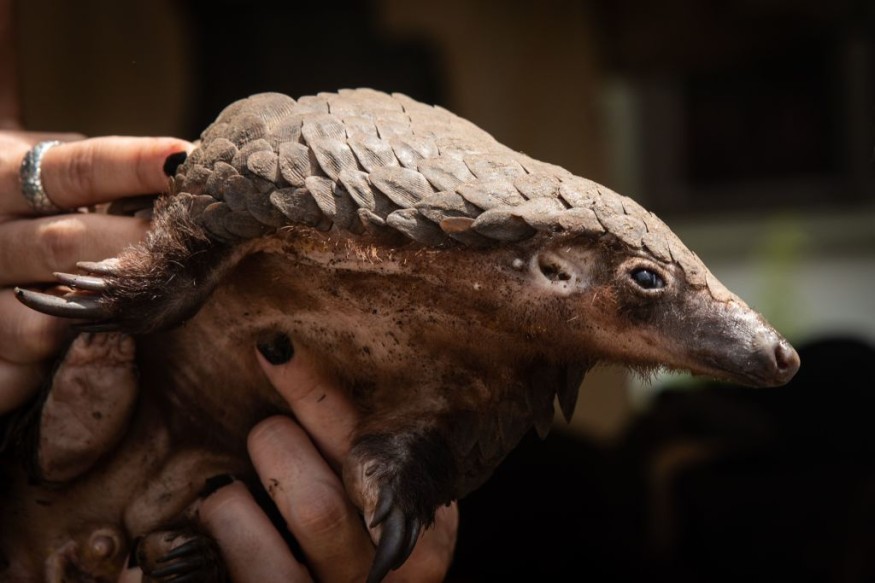The University of California, Los Angeles, researchers revealed a surprising finding described as a remarkable scientific discovery, highlighting the extraordinary nature of pangolins.
Their study, titled "Chromosome-Length Genome Assemblies and Cytogenomic Analyses of Pangolins Reveal Remarkable Chromosome Counts and Plasticity" in the journal Chromosome Research, uncovered that female white-bellied pangolins have 114 chromosomes, second only to the Bolivian bamboo rat with 118, far surpassing humans who have 46 chromosomes.

Nothing Like Any Animal on the Planet
The newfound understanding of pangolins' genetic characteristics, including their exceptional chromosome counts, provides valuable insights. Pangolins, which resemble a combination of an aardvark and an armadillo, have chromosome counts ranging from 36 to 42, falling within the typical range for most mammals.
According to SciTech Daily, scientists are conducting genome studies of pangolins to enhance conservation efforts for these endangered creatures. Despite their unique appearance and ecological importance, much remains unknown about these scaly mammals.
In addition to the unusual chromosome counts, researchers also discovered another genetic peculiarity. Male white-bellied pangolins have 113 chromosomes, differing from their female counterparts, while most species have the same number of chromosomes for both sexes.
According to UCLA researcher Jen Tinsman, who co-authored the study, pangolins are truly distinctive and have no counterparts on the planet. They belong to their order and family, with their closest relatives being cats and rhinoceroses.
Studying pangolins poses challenges due to their elusive nature. They are difficult to study in captivity, as they do not thrive well, and locating them in the wild is challenging. Traditional tracking methods often fail because pangolins can rub off radio tags from their scales by using trees.
Pangolins are known to dig and consume ants, termites, and other insects using their long tongues. The white-bellied species lives in trees by hanging from trunks and branches, while other species reside in burrows. When threatened, pangolins curl into a protective ball.
The white-bellied pangolin is relatively small, weighing three to four pounds and measuring less than a foot long, while some ground pangolins can grow as large as 80 or 90 pounds, comparable to the size of a large dog.
Genetic Study Could Help Save Endangered Species
In addition to its scientific significance, the research on pangolins' genetic characteristics has provided a valuable genetic resource for conservation efforts.
As per Technology Networks, the genetic study will help in combatting poaching, which is the main cause of their endangerment. Pangolin scales are illegally traded for use in traditional medicine and as exotic food, fetching high prices on international markets.
Genomic studies can help identify the specific pangolin species involved in the illegal trade, aiding conservationists and researchers in understanding variations within the species. This knowledge, spanning their vast habitats across 23 countries and 6 million square kilometers, can inform population management strategies.
The study's findings have practical implications for both conservation and fundamental science. As advancements in conservation technologies, such as artificial intelligence and environmental DNA, continue to progress, the newly discovered information can contribute to the development of effective conservation methods in the future.
RELATED ARTICLE:
Simon Denyer On WildAids New Drive To Protect Pangolins In Africa
Check out more news and information on Pangolins in Science Times.










